We may earn revenue from the products available on this page and participate in affiliate programs. Learn More ›
Choosing plants for your garden can quickly become overwhelming. One way to narrow down your options is to decide between annuals and perennials. Unlike annuals, which last for only one growing season, perennials survive for at least two growing seasons. Some can even last for multiple years or decades if properly tended to. Perennials are less work overall and keep you from having to replant every year.
Another bonus of some perennials is that they can easily be divided so you can share them with friends and neighbors to plant in their yards. This saves money and allows the plant to continue to grow in other locations. Dividing plants also prevents overcrowding, controls plant growth in your garden, and helps keep the plants healthy.
To determine which plants are perennials and can be divided, you’ll want to check your growing zone since some plants behave differently depending on the climate and other local factors. Spring is an opportune time of year to divide perennials, especially those that bloom in summer and fall, since it will give them several weeks to establish before the weather gets warmer. The following are some popular landscaping plants you should divide this spring.
1. Hostas (Hosta)
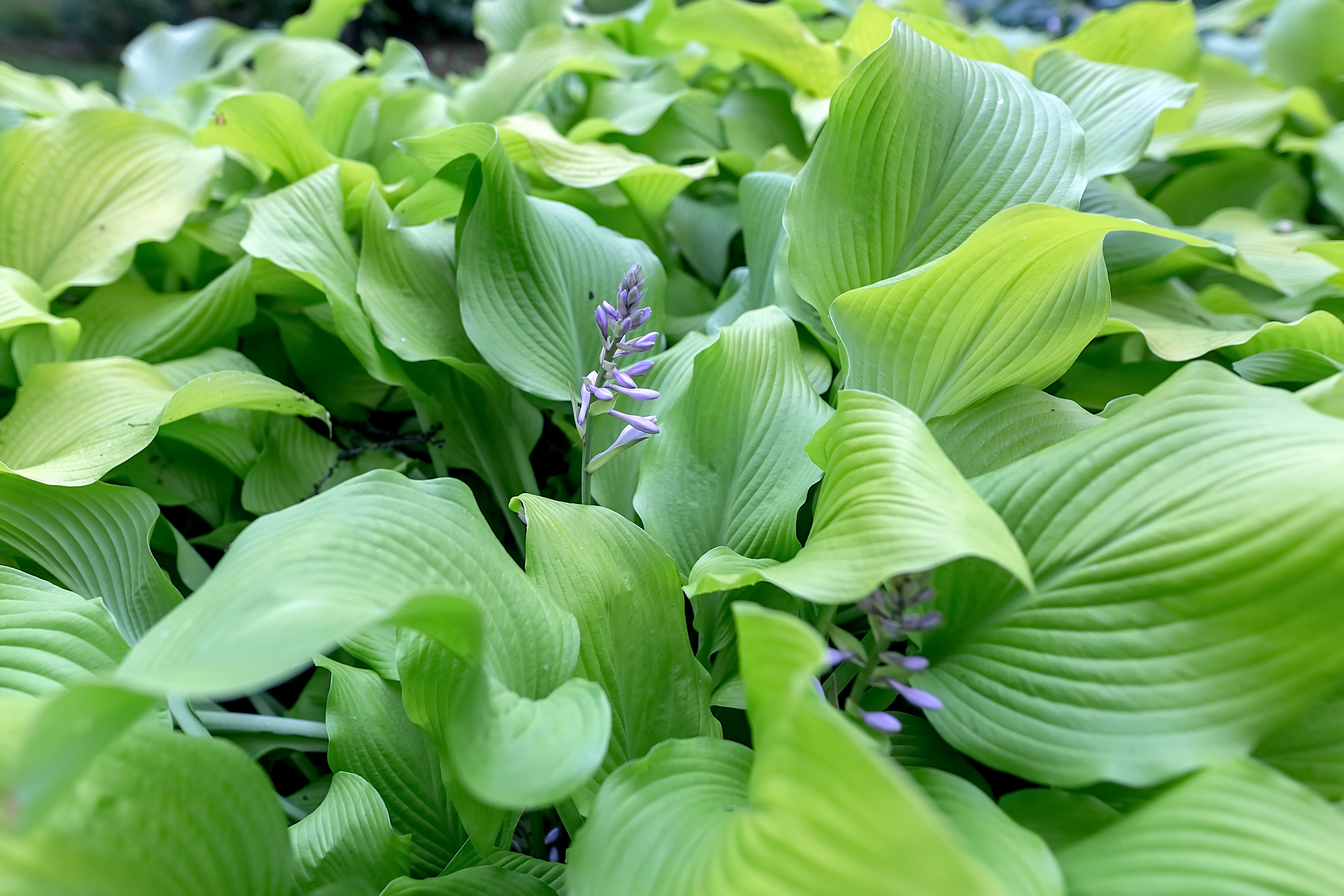
Hosta is a genus of plants commonly known as hostas or plantain lilies. Native to Northeast Asia, hostas are widely cultivated as shade-tolerant foliage plants throughout North America. These low-maintenance plants can grow in a variety of zones and climates from Northern states with cold winters to warm Southern states. Most hosta varieties thrive in USDA Hardiness Zones 3 through 9.
Hosta flowers are simple, but their leaves are bold; tropical-looking; and come in a variety of colors like teal, yellow, green, and variegated. It is important to divide hostas as needed (typically every 6 to 10 years) to help them maintain their size and to keep them healthy. As soon as the leaves pop out in spring, use a garden fork, knife, or shovel to dig and lift the root ball out and divide it. Each division should have one set of leaves. Move the smaller plants to a shady area and water well.
2. Aster (Aster amellus)
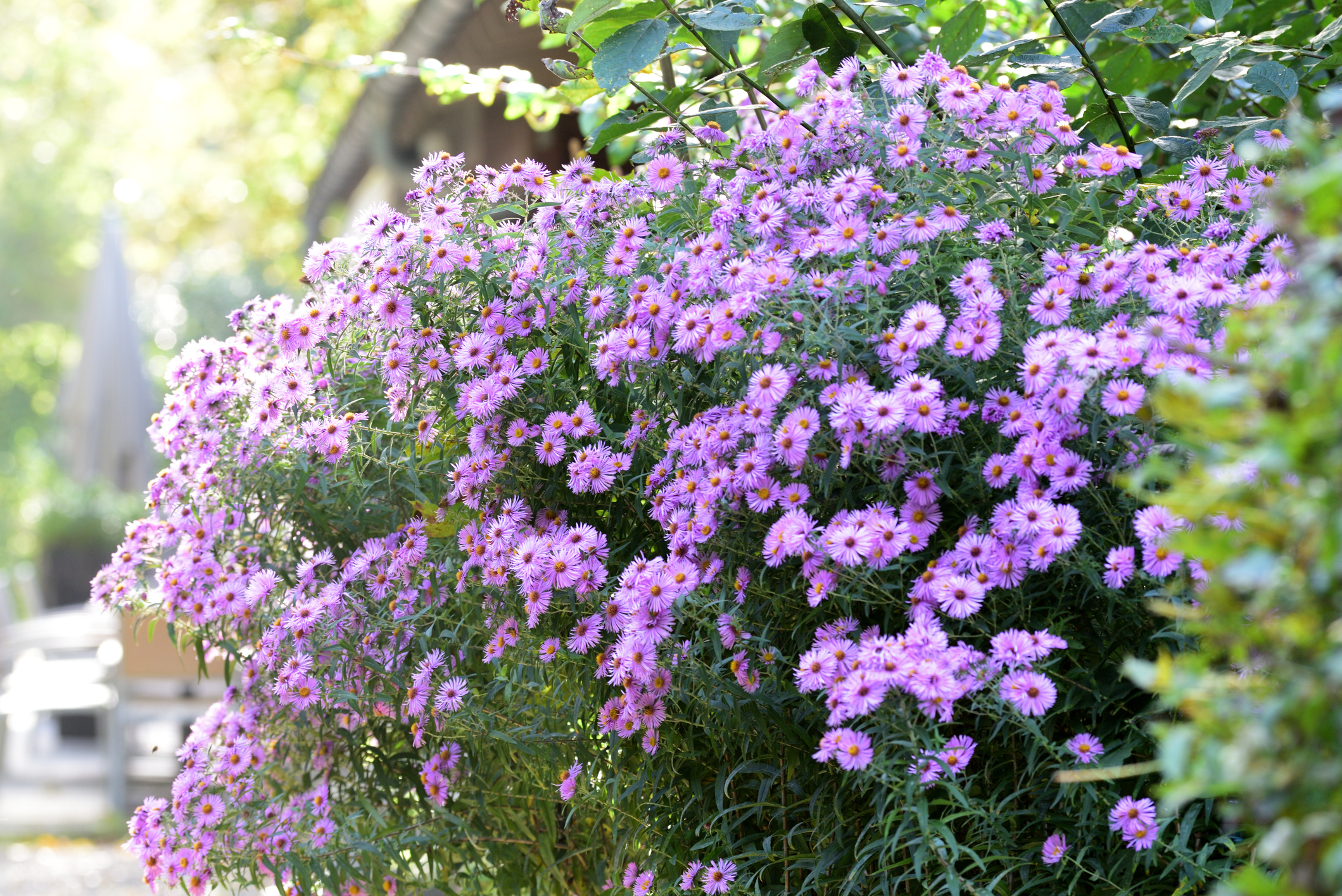
Aster is a fall-blooming plant that can grow in USDA Zones 3 to 8, and should be divided in the spring every 1 to 3 years. It produces flowers similar to daisies in shades of purple, yellow, and white. Since aster tends to spread aggressively, dividing it helps manage the growth.
Split asters as soon as any new growth appears in the spring. To do this, dig and lift the root ball out with a shovel. Cut the ball into multiple pieces, each about 5 to 6 inches wide with a tree pruner, trying to get at least one large bunch of leaves in each division. Then move these new, smaller plants to a sunny location and water well.
3. Black-Eyed Susan (Rudbeckia hirta)
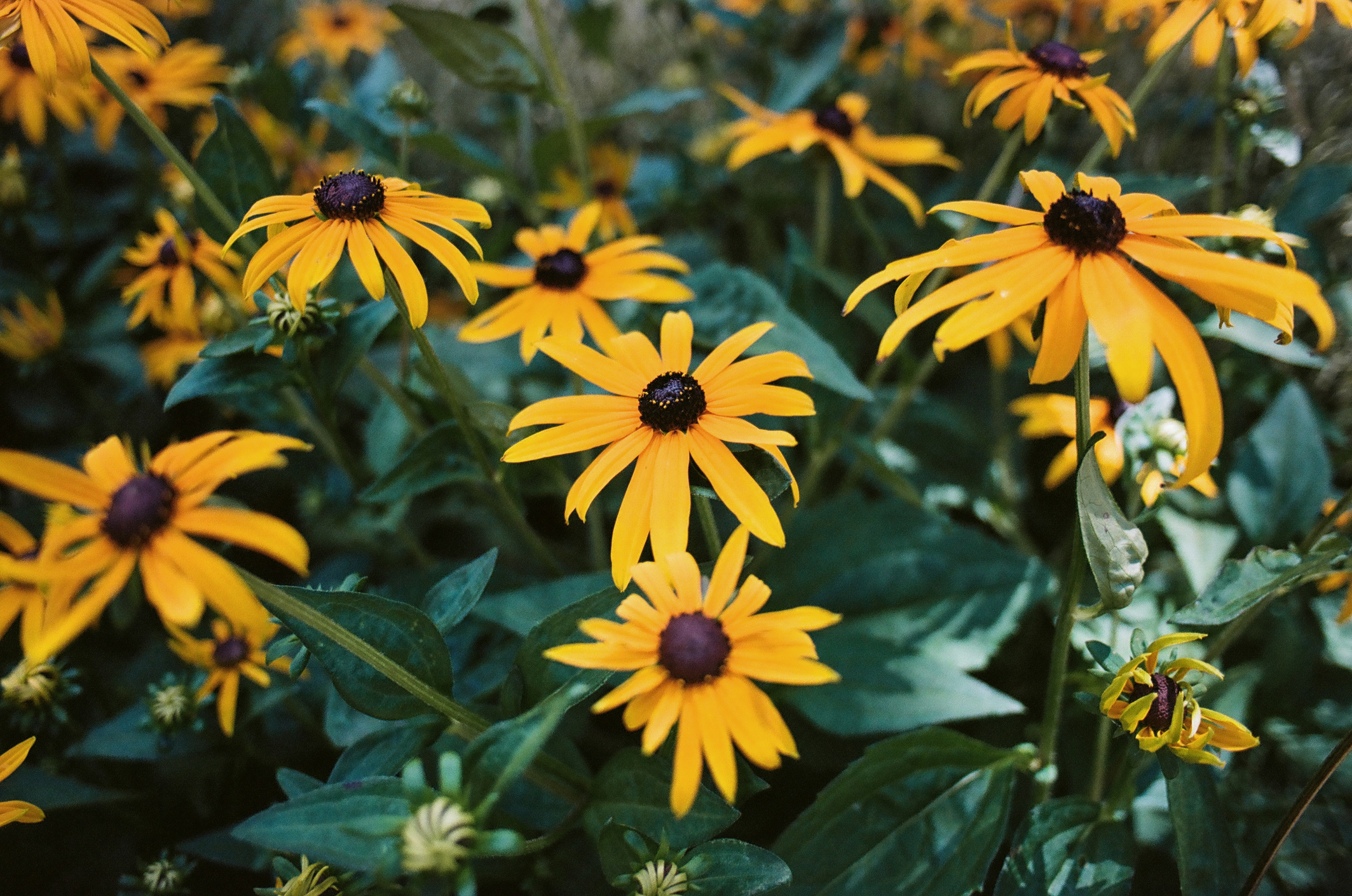
These well-known yellow flowers with a dark brown center are native perennials that can quickly become overgrown. They typically grow in gardens in USDA Hardiness Zones 3 to 9. Therefore, it’s a good idea to divide them into sections of 3 to 4 inches every 3 to 5 years during springtime. If you notice overcrowding of the flowers, watch for new growth to appear the next spring; that’s the time to divide them. Use a pitchfork or shovel to dig and lift out the root ball of the plant. Then cut the ball into as many pieces as you want and transplant them to a sunny spot.
4. Sedum (Sedum spp.)
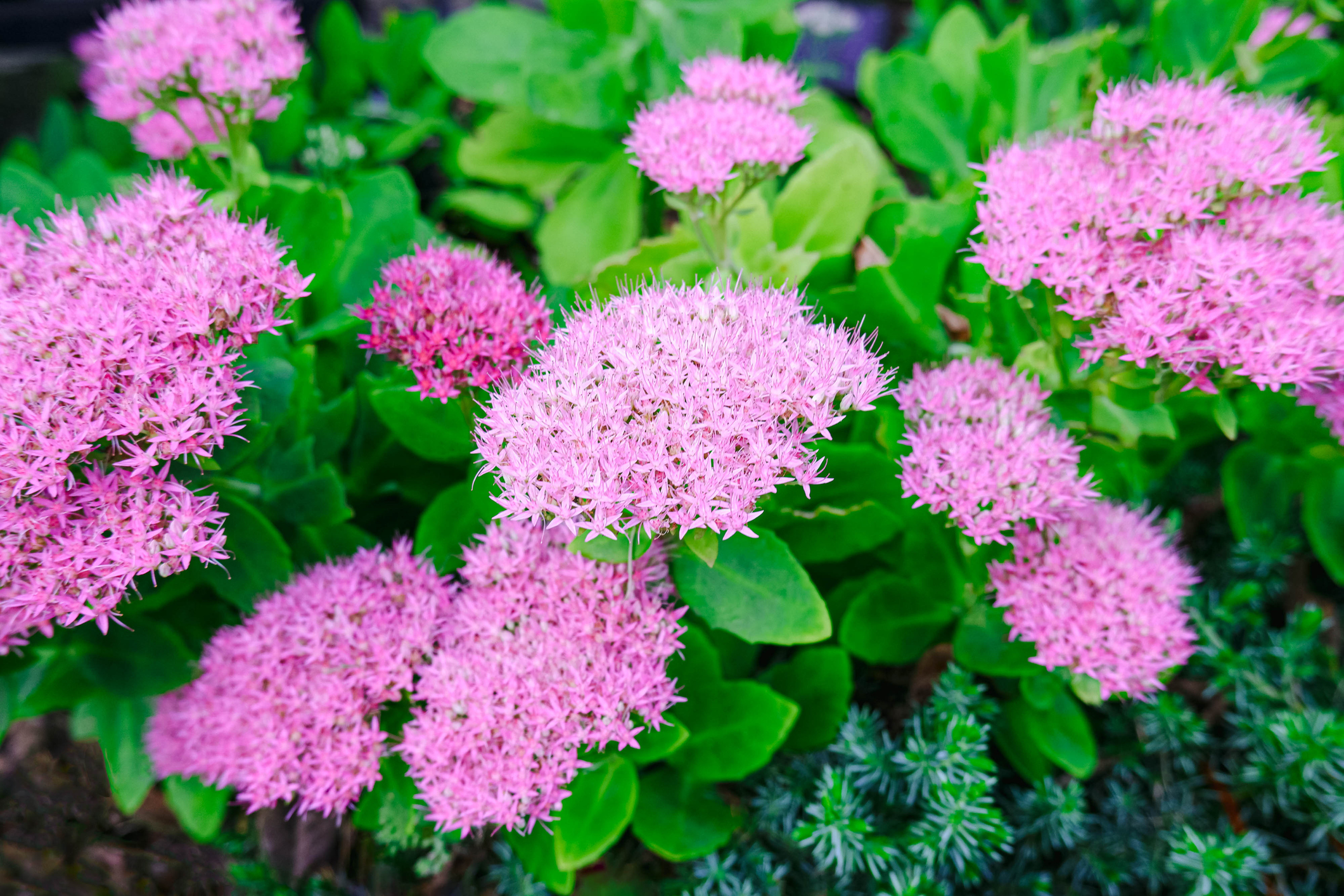
Also known as stonecrop, sedum is a group of succulent perennials that grow in a variety of sizes and shapes and are native to temperate zones of the United States, especially in damp rocky woods. They thrive in USDA Zones 3 to 10. Their stems and leaves store water, making them heat-tolerant and drought-resistant. The 5-petaled flowers on upright stonecrops grow in clusters and come in colors including white, pink, purple, yellow, and red. Other sedum varieties grow low as creeping ground covers.
Sedums should be divided in the spring every few years to revive them, especially their dying centers. Once you see new growth at the base of the clumping plants in spring that looks like small rosettes, divide sedum by separating them into clumps with a shovel or garden fork. Transplant to a sunny location and water well. For creeping types, cut off a healthy stem about 6 inches long and root them in a new place with loose soil; place a rock on the stem to help hold it in place to root.
5. Coneflower (Echinacea purpurea)
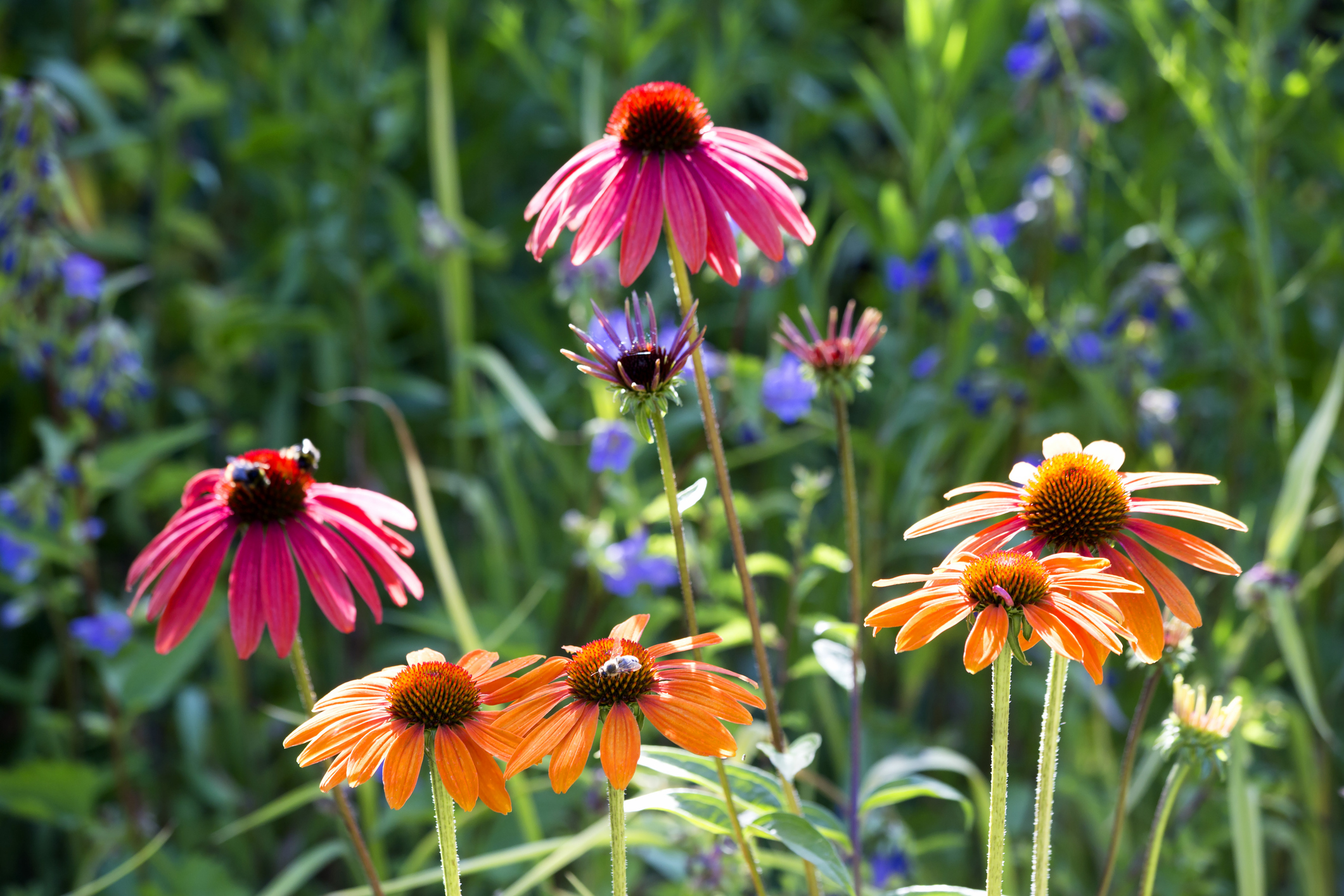
Often referred to as purple coneflowers, this native perennial has a spiky brown center and beautiful purple petals. Coneflowers generally thrive in USDA Hardiness Zones 3 through 9, with some cultivars even tolerating Zone 10. It is recommended to divide coneflower every 2 to 4 years in the spring to keep them thriving in the garden.
Divide coneflower when you notice new growth at the base of the plant. Use a shovel or garden fork to dig and lift the root ball out of the ground, and divide it into different sections that each retain a strong set of leaves. Replant the smaller plants to a sunny spot and water sufficiently.
6. Ornamental Grasses (Festuca, Pennisetum, Panicum)
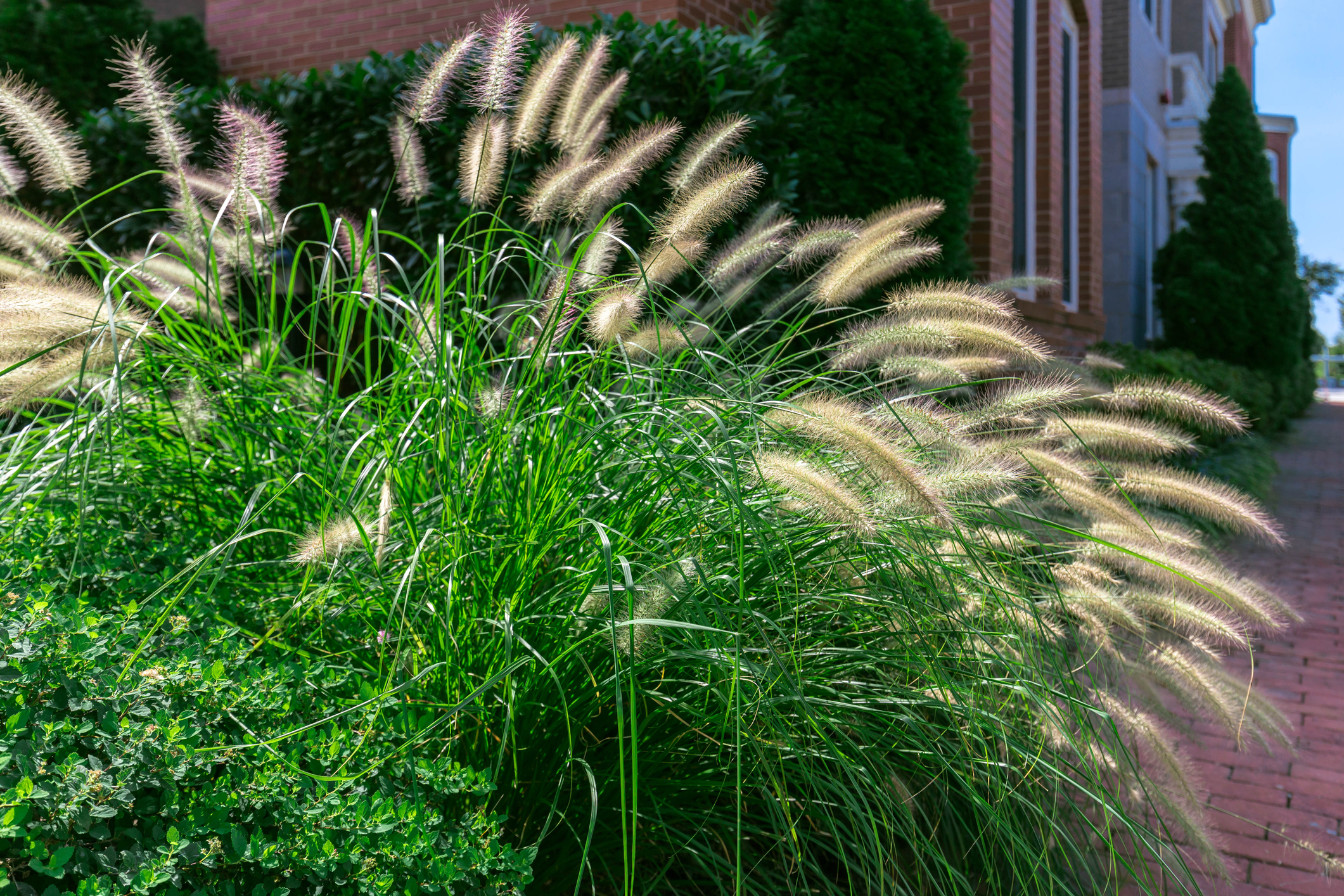
This is a broad category of plants consisting of wispy ornamental grasses that come in a variety of sizes, shapes, and colors. Some types need lots of sun while others grow well in the shade. Examples include blue fescue, fountain grass, switchgrass, and prairie cordgrass. They tend to be popular in colder hardiness zones for their resilience to cold temperatures throughout fall and winter seasons.
Use a shovel, a sharp knife, or saw to cut out clumps. Divide the roots into similarly sized clumps and get rid of any dead interior sections. It is recommended to divide most ornamental grasses every 1 to 4 years; timing depends on the growing season for the grass species:
- Divide warm-season grasses between spring and early summer.
- Divide cool-season grasses in either spring or early fall.
- Divide evergreen grasses only in spring.
7. Chrysanthemum (Chrysanthemum indicum)

Commonly known as mums, these popular flowers can be found in USDA Zones 5 to 9 in a variety of hues. They are hardy perennials that grow back year after year with proper care. However, mums can start to overcrowd and grow fewer, weaker flowers over time. Therefore, it’s recommended to divide mums every 2 years in the spring.
Once you spot small leaves at the base of the plant, use a shovel or garden fork to dig out the root ball. Divide it up into smaller sections and transplant the division to a spot that gets a lot of sun. They also grow well in pots, which is a great option when transitioning chrysanthemums from one location to the next.


